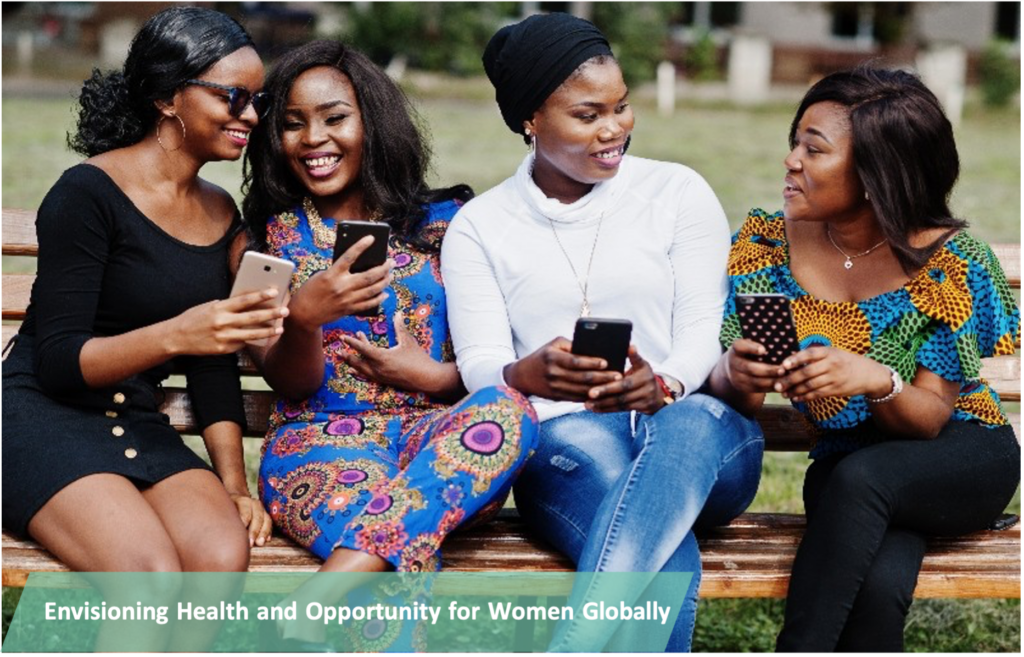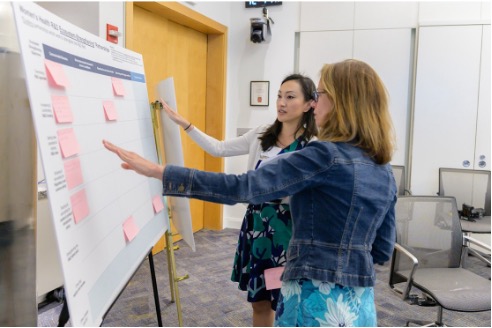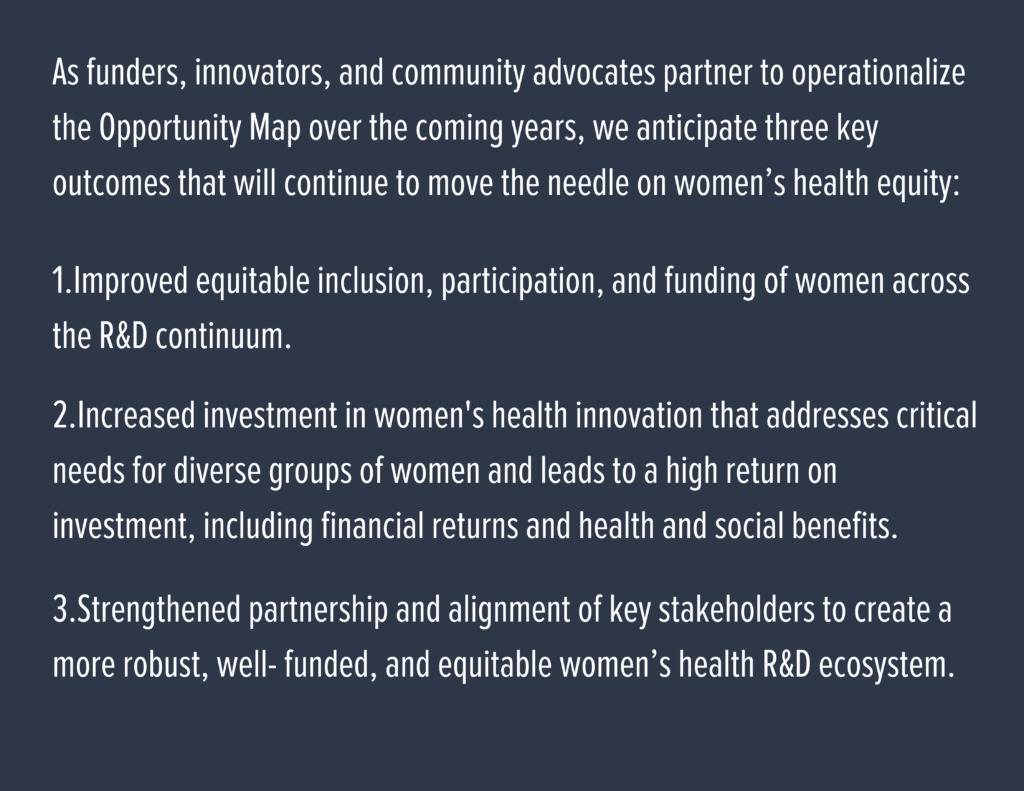Thirty years ago, the National Institutes of Health Revitalization Act of 1993 was passed, changing the trajectory of women’s health research in the US by requiring NIH (National Institutes of Health)-funded clinical research to include women and underrepresented racial and ethnic minorities. In the last three decades, women have seen major advancements in health, including greater, more efficacious family planning methods [1] and global reductions in maternal mortality. [2]
And yet, too many women still die or live in poor health due to social and structural inequities, often exacerbated by crises such as conflict, climate change, and COVID-19. [3] In the US, women’s reproductive rights were transformed overnight by the Supreme Court’s 2022 overturning of Roe v. Wade, with dissenting Justices stating that “young women today will come of age with fewer rights than their mothers and grandmothers.” [4]
Against this backdrop, 2023 was a milestone year for the women’s health research community. In early 2023, the Bill & Melinda Gates Foundation (BMGF) and the National Institutes of Health Office of Research on Women’s Health engaged Camber Collective to help bring together a partnership of women’s health experts, innovators, and advocates that, over nine months, produced the inaugural Women’s Health Innovation Opportunity Map. This report, launched in October at the Grand Challenges Annual Meeting in Dakar Senegal, highlights 50 high-impact opportunities to advance innovation for the health of women globally.

A core principle shared by BMGF, NIH, and Camber was to ensure an inclusive and collaborative approach to develop the Opportunity Map. To that end, Camber helped design and facilitate an approach by which over 250 stakeholders—known as the Innovation Equity Forum (IEF)—collectively generated, evaluated, and prioritized opportunities. BMGF, NIH, and Camber worked to ensure diverse perspectives were not only represented but elevated within the IEF: members spanned over 50 countries and a variety of sectors, age groups, races, and ethnicities, and IEF leadership positions were held equally by members from low- and middle-income countries and high-income countries. To promote equitable engagement among members worldwide, Camber designed creative collaboration methods like virtual white boarding, asynchronous drafting and feedback, and a hybrid convening with in-person and virtual participants. Throughout, Camber, BMGF, and NIH took a highly iterative approach by sharing interim results alongside a variety of input- gathering activities so that members saw their feedback reflected.

Since publication, the Opportunity Map— alongside landmark studies that demonstrate the economic and societal value of women’s health research [5]—has been widely referenced, including in a ground-breaking report by the World Economic Forum in collaboration with McKinsey Health. [6]
The momentum to coalesce global leaders, researchers, and communities around the importance of women’s health continues to increase: the World Economic Forum recently launched the Global Alliance for Women’s Health, and the Biden Administration established the first-ever White House Initiative on Women’s Health Research.


Notes
[1] www.un.org/development/desa/pd/sites/www.un.org.development.desa.pd/files/files/documents/2023/Feb/undesa_pd_2022_world- family-planning.pdf[2] https://www.who.int/news/item/08-03-2020-women-s-health-and-rights-25-years-of-progress
[3] https://www.who.int/news/item/18-10-2022-staggering-backsliding-across-women-s–children-s-and-adolescents–health-revealed-in- new-un-analysis [4] https://www.npr.org/2022/06/24/1102305878/supreme-court-abortion-roe-v-wade-decision-overturn
[5] Wham report WHAM report: https://thewhamreport.org/wp-content/uploads/2022/02/TheWHAMReport_crosscutting- compressed.pdf
[6] WEF report: https://www3.weforum.org/docs/WEF_Closing_the_Women%E2%80%99s_Health_Gap_2024.pdf
